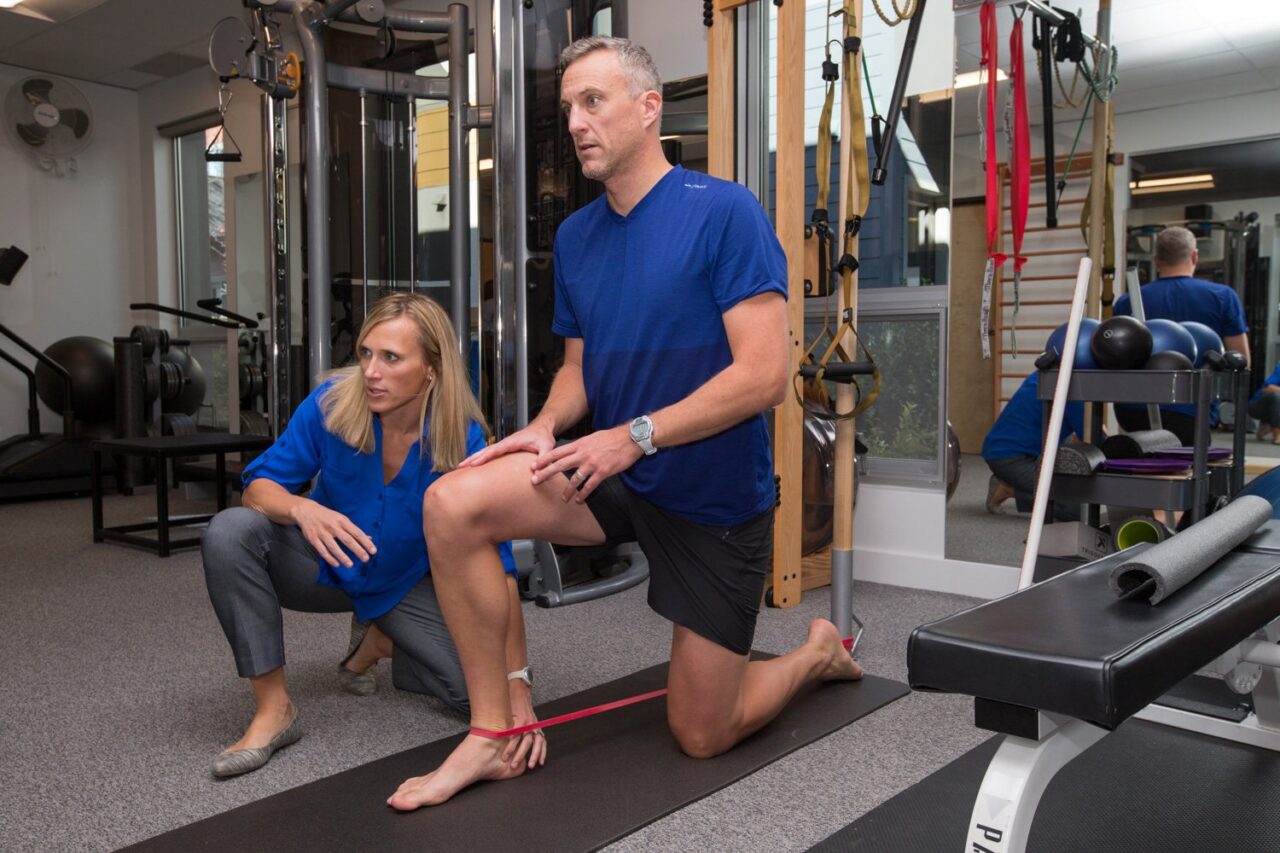Ankle sprains are the most common traumatic injuries among rock climbers (Jones et al, 2016) and are one of the most common injuries in the lower quarter affecting with an estimated 2 million cases occurring each year in the U.S. These injuries most commonly occur when landing from falling or jumping off a boulder. Manual therapy and exercise remain the gold standard of care for these injuries due to their ability to accelerate a patient’s recovery from the injury compared to usual care or R.I.C.E. The vast majority of cases heal and return to prior levels of activity, but a small fraction of rock climbers develop chronic symptoms and recurrent sprains in their ankle. Previously we thought these recurrent injuries may be due to an increase in ligament laxity due to the sprains, but newer research has not found an increase in ligament laxity in chronic compared to resolved ankle sprains. Conversely, researchers have found significant differences and ankle balance and proprioception among these chronic cases indicating a change in the nervous system is likely behind these chronic symptoms and recurrent sprains.
Menacho and colleagues reviewed the available evidence on the reaction time of the outer leg muscles during a sudden ankle movement task (J Electromyogr Kinesiol. 2010). 25 articles were reviewed on the ability of the peroneal muscles of the legs to stabilize the ankle after a sudden inversion, toe inward, ankle motion. As expected authors consistently found a slower reaction time among patients with chronic ankle pain and recurrent sprains. These individuals were slower to correct the positional fault of the foot and ankle compared to their healthy peers. When landing from a fall while bouldering or absorbing your force from a lead fall a slower reaction time can be the difference between sticking the landing and another sprain.
Using manual therapy to improve ankle pain
Prior research has shown 85% of these injuries will involve the ligaments on the outside of the ankle. The severity of the sprain is graded on a 3 point scale which describes the degree of ligamentous injury. In previous blogs we have described research documenting Physical Therapy interventions, including manual therapy and exercise, are superior to R.I.C.E. as well as Physical Therapy exercises without manual therapy. New research also demonstrates the effectiveness of manual therapy, including joint manipulation and mobilization, when combined with high level exercise in the treatment of chronic ankle instability.
A review of the available evidence was completed recently in the Journal of Sports Rehabilitation to determine the effectiveness of manual therapy and exercise vs. exercise alone in the treatment of chronic ankle instability (Walsh et al. 2020). Authors reviewed 3 randomized controlled trials on the topic and reported improved patient outcomes of pain and function when manual therapy was utilized with exercise compared to exercise alone in this patient population. This review supports the utilization of manual therapy in this patient population to restore normal joint mobility to the injured ankle. High level exercise is then prescribed to normalize muscle strength, balance (proprioception), and sport specific movements.
If you’re a rock climber experiencing ankle pain, schedule an appointment with a rock climbing specialist at Mend. We have locations in Boulder and Lafayette, Colorado. Many physicians, surgeons, and physical therapists do not understand the sport of rock climbing and may give incorrect or ill-advised advice on whether or not to return to climbing. The rock climbing specialists and Mend understand the sport and know when and how to safely return to rock climbing.

